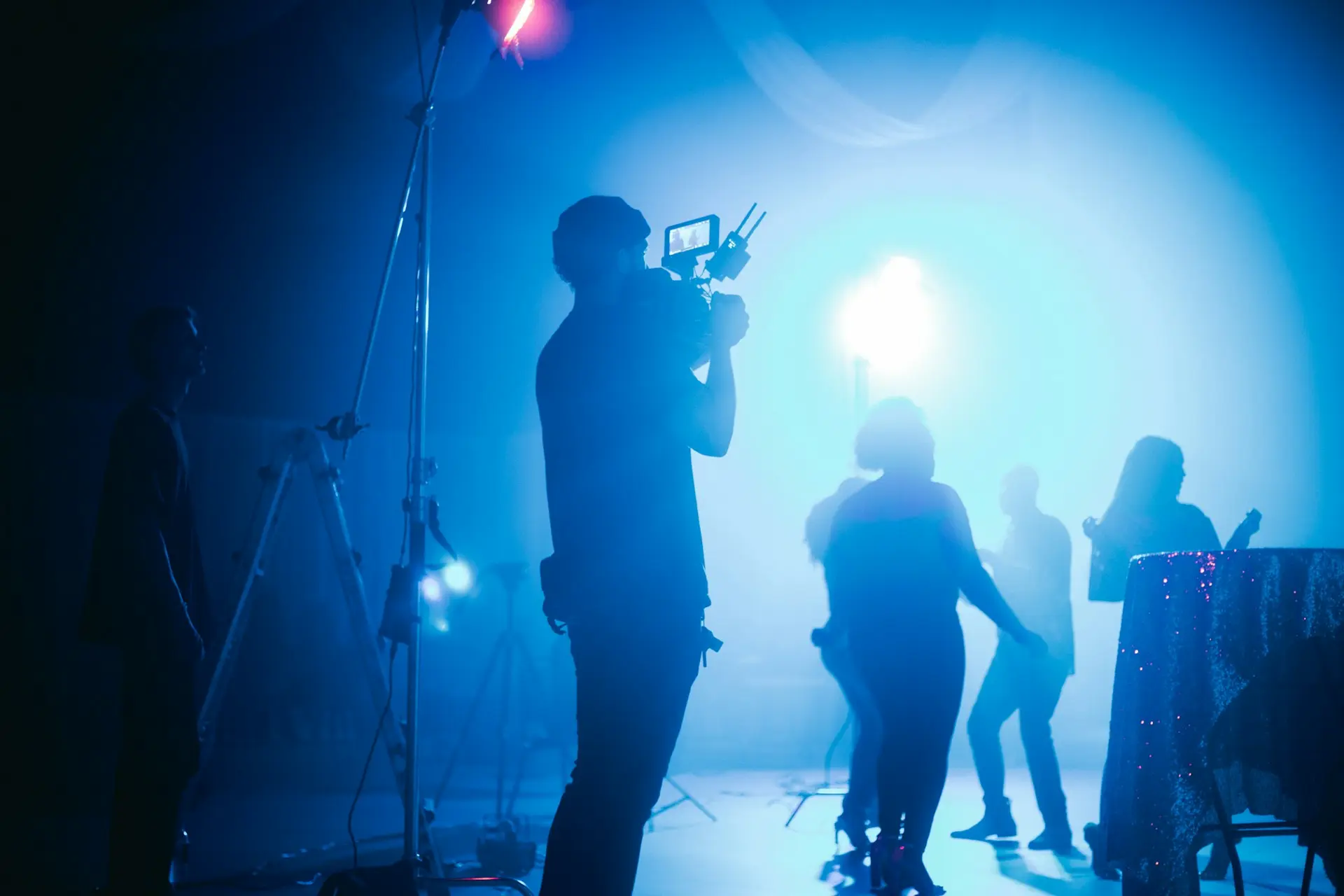Filmmakers vs Algorithms: The Global Battle for Authentic Stories
Opening Scene: When the Algorithm Becomes the Gatekeeper
A filmmaker uploads a trailer. A machine decides its fate.
Before a single human eye watches the story, an invisible algorithm predicts how long people might stay, which thumbnail might tempt them, what country it should appear in, and when. The filmmaker waits, watching numbers like vital signs: reach, impressions, engagement.
In today’s streaming age, it’s not a studio executive or film critic who decides what trends — it’s an algorithm.
And yet, across continents and languages, filmmakers are quietly rebelling. From Seoul to São Paulo, from Lagos to Los Angeles, from Kerala to Kansas — storytellers are fighting for something machines can’t replicate: authentic emotion.
Scene 1: How Algorithms Shape What the World Watches
Every time you open Netflix, YouTube, or TikTok, you’re not choosing — you’re being guided. Algorithms analyze your pauses, clicks, and scrolls. They learn what you crave, and feed you more of it.
That’s why similar tropes dominate globally — the glossy thrillers, the formulaic romances, the viral dance trends. Algorithms reward patterns, not originality.
But real cinema — especially independent and regional storytelling — was never built to fit inside patterns. It was built to surprise, to challenge, to make us feel something unexpected.
Filmmakers today aren’t just creating art. They’re fighting invisibility in a data-driven world.
Scene 2: Algorithm-Aware Storytelling
Visionary filmmakers around the world are learning to work with the system, without losing their soul.
They’re creating algorithm-aware storytelling — emotionally true films that understand digital mechanics:
- Opening scenes with strong emotional hooks (to beat the 3-second skip reflex).
- Designing vertical trailers for phones, not just theaters.
- Embedding universal emotions into local stories, so they travel across borders.
- Crafting shareable, loopable micro-moments that become cultural echoes online.
It’s not about selling out. It’s about speaking the new cinematic language of the internet.
Scene 3: The Algorithm’s Blind Spot — Humanity
An algorithm can measure time, but not tears.
It can’t understand the shiver in a mother’s silence, the ache in a lost language, or the laughter of kids playing on dusty streets. That’s why authentic cinema — from Parasite (South Korea) to Roma (Mexico), from Kantara (India) to The Lunchbox — breaks through the algorithmic wall. They aren’t optimized for clicks; they’re optimized for truth.
Authenticity remains the one thing machines can’t simulate.
Montage: Stories That Broke the System
- “Everything Everywhere All at Once” (USA): A chaotic indie film defied every formula, sweeping global awards and memes alike.
- “RRR” (India): A regional Telugu blockbuster became a global dance anthem, not because of algorithms — but passion.
- “The Great Indian Kitchen” (India): Too niche for OTTs, yet it exploded online through word of mouth.
- “Past Lives” (South Korea/USA): Minimal dialogue, maximum humanity. A slow-burn that thrived despite the attention economy.
- “City of God” (Brazil): Two decades later, still trending — a raw truth algorithms couldn’t contain.
Every one of these films succeeded because they refused to conform.

Scene 4: Global Creators, Local Roots
The most exciting global cinema today doesn’t come from studios — it comes from backyards, smartphones, and small-town storytellers.
A Chilean teen with an iPhone documents street musicians and wins festival acclaim. A Nigerian collective uses TikTok-style editing to build mini-epics. A Japanese vlogger turns neighborhood tales into heartfelt shorts that stream globally.
This is the new wave: global stories told with local hearts.
The algorithm tries to flatten identity, but filmmakers are turning identity into art.
Scene 5: Filmmakers as Digital Guerrillas
The smartest filmmakers are no longer fighting algorithms — they’re outsmarting them.
- A Filipino director drops short scenes from her film as standalone TikToks, hooking new audiences.
- A Mexican editor crafts meme-style thumbnails to draw viewers into deep emotional dramas.
- A French indie team reverse-engineers platform metadata to make sure their poetic film finds global eyes.
They’re hacking the system, but not for vanity — for visibility.
They know emotion is the most viral format in existence.
Scene 6: The Battle Between Reach and Realness
Here’s the paradox of modern filmmaking:
Authenticity without reach disappears.
Reach without authenticity becomes hollow.
The filmmakers who will shape the next decade are those who balance both — who can translate local soul into digital language.
Because cinema, at its core, was always social media — long before the term existed. It was always a shared emotion, a collective experience, a comment on the human condition.
Scene 7: The Power of Global Audiences
Every viewer now has power. Each click, share, or replay tells the system what deserves to rise.
When you share a Swahili short film, a Quebecois documentary, or a Tamil music video, you’re not just amplifying art — you’re shaping global culture.
Algorithms are trained by audiences. Humanity decides what survives.
Scene 8: The Future — Cinema Beyond the Machine
In the near future, filmmakers will use AI tools, generative visuals, and algorithms not as dictators — but as collaborators.
The next revolution won’t come from studios; it will come from creators who code humanity into technology. They’ll make emotion trend, truth go viral, and community outperform computation.
The new cinema won’t be about streaming — it’ll be about feeling.
Final Shot: Humanity Uploads First
Somewhere in the cloud, an algorithm stutters — unable to explain why a raw short film from a forgotten village is topping charts in Tokyo, Paris, and New York. It reclassifies it, ranks it, and fails again.
Because the story wasn’t made for algorithms.
It was made for humans.
And as long as that remains true — cinema lives.